There are thousands of openings (along with variations) in chess theory.
Many chess players discovered chess openings and stamped their legacy in history.
In this article, we look at the most famous players to invent openings and opening variations in chess.
1. Benko’s Opening by Pal Benko

There is no doubt that Pal Benko qualifies as one of the greatest chess players of all time. It’s safe to call him one of the greatest PALs to the Royalty Game.
His contributions on and off the board cannot be overlooked. We certainly think he doesn’t get enough credit as he should for his contributions.
A strong professional player, writer, composer, and trainer, Pal Benko went the extra mile and discovered his opening—The Benko’s Opening. He didn’t stop there as there’s also the Benko gambit of the Benoni defense.
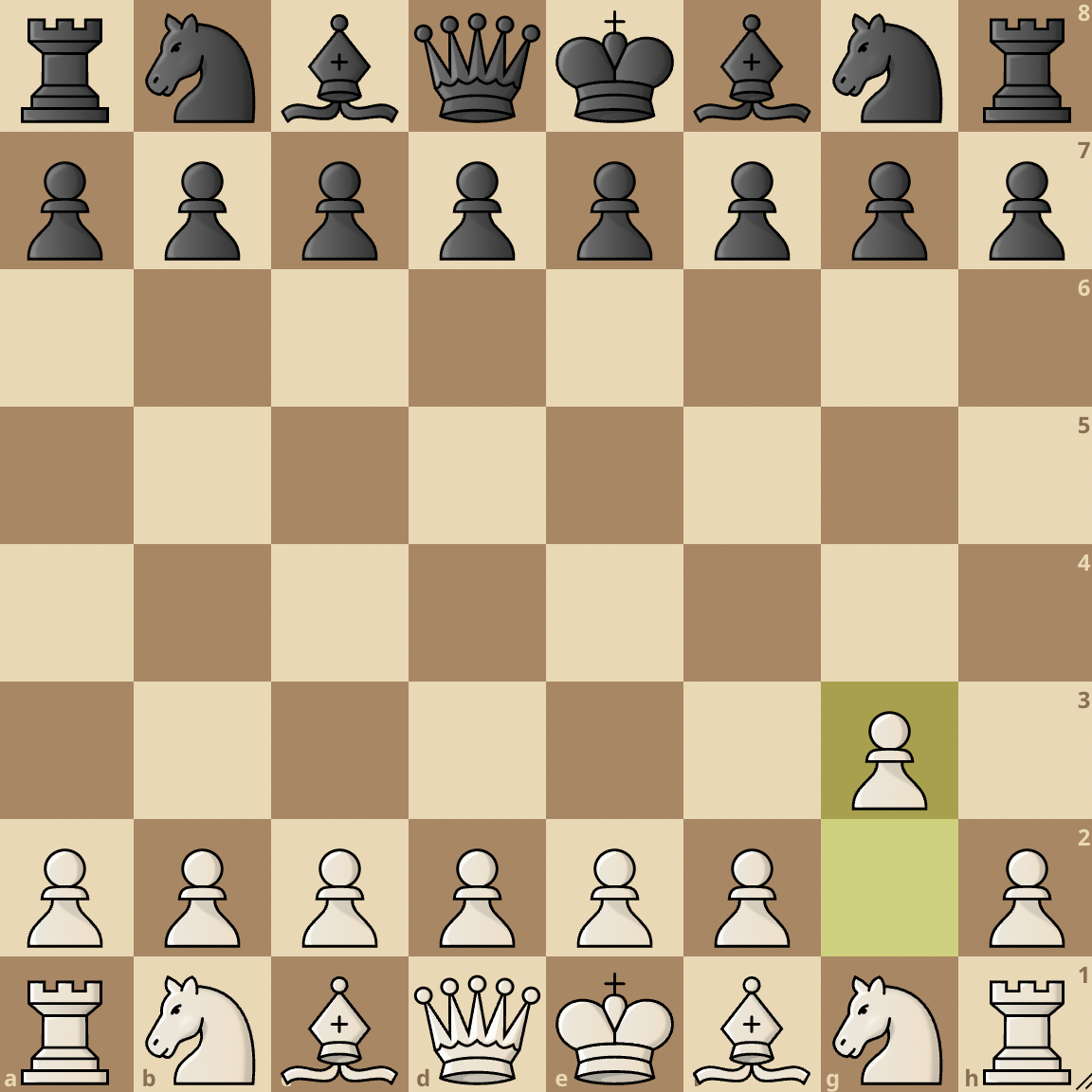
The Benko opening starts with 1.g3.
You can learn more about the Benko opening in this article.
It can also be called the King’s Fianchetto Opening. That’s not all. This opening has many names –Hungarian opening, Barcza opening, and Bilek opening.
Generally, the Benko opening can be classified as a Flank Opening. In summary, this opening prepares the king’s bishop for a fianchetto via Bg2.
2. Reti Opening by Richard Reti

In terms of literature, Richard Reti is right on top as one of the greats in that regard. He played a major role in modernizing the game of chess.
As a top player, he was so good that he landed Jose Raul Capablanca his first defeat in 8 years! He also quenched other top players like Alexander Alekhine and Akiba Rubinstein.

1. Nf3 is the opening move that begins the Reti opening. It’s also called the Zukertort Opening.
In this opening, White takes a hypermodern approach by developing pieces to control the center before using pawns.
You can learn more about the Reti opening in this article.
The Encyclopedia of Chess Openings (ECO) has the Reti opening at A04-A09.
3. Larsen’s Opening by Bent Larsen
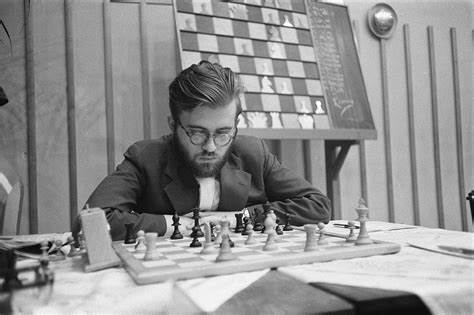
If you think ‘unorthodox chess’, Bent Larsen should also run through your mind.
He was a Danish grandmaster who trailed Bobby Fischer through the ’60s and ’70s. One thing he had in common with other opening inventors like Richard Reti and Pal Benko was being an author.
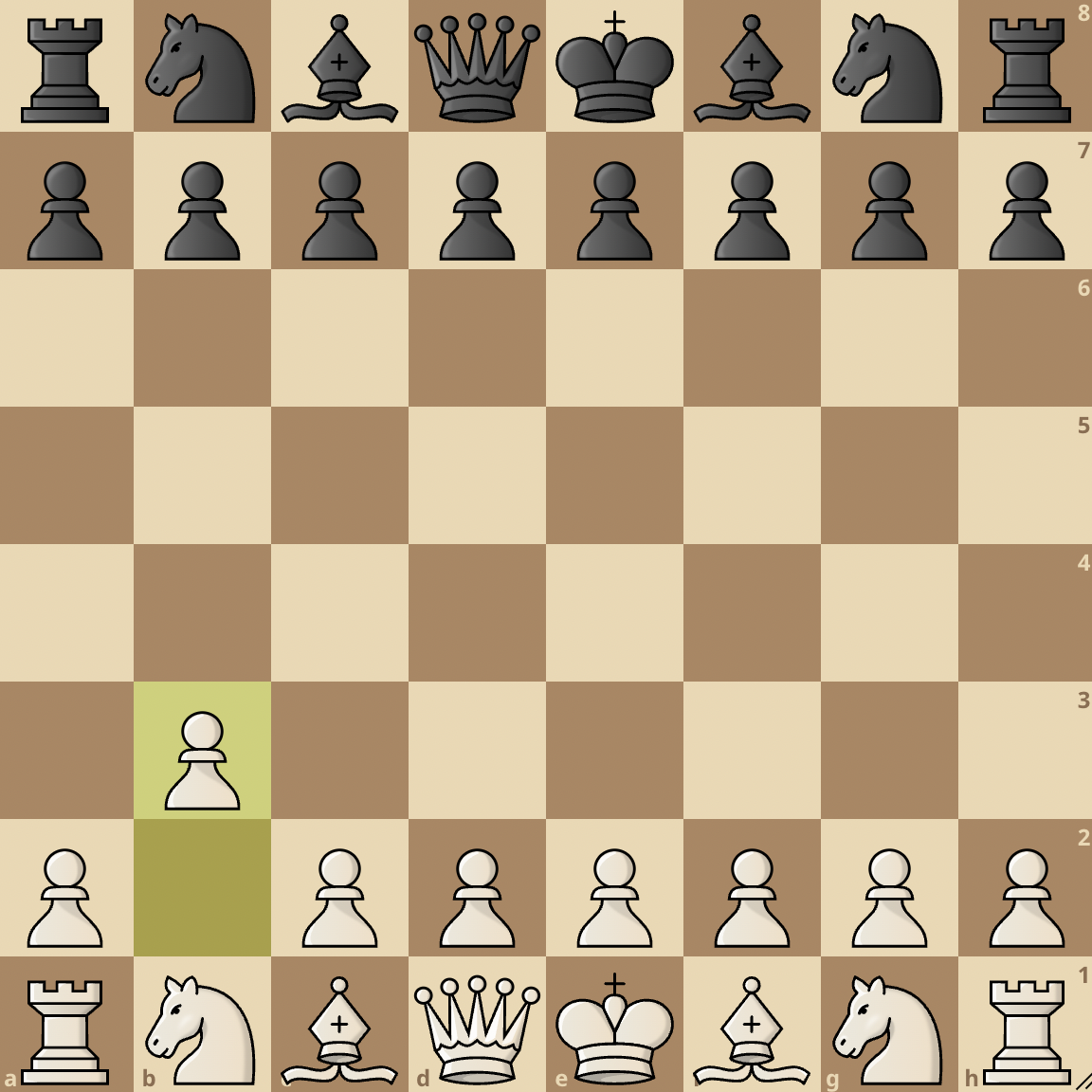
The Larsen’s opening is an unorthodox (flank) opening that is characterized by 1. b3. It appears just like the Benko opening but on the queenside.
This is why it’s called the Queen’s Fianchetto Opening. Its ECO is A01.
You can study the Larsen’s Opening in detail here.
4. Alekhine’s Defense by Alexander Alekhine

If you’re a huge lover of chess, you should already know this chess legend.
Alexander Alekhine was the world champion for a staggering 17 years between 1927-1946. Specifically, he was the fourth World Champion.
He was able to defeat the Cuban Legend Jose Raul Capablanca who seemed to be unstoppable at the time.
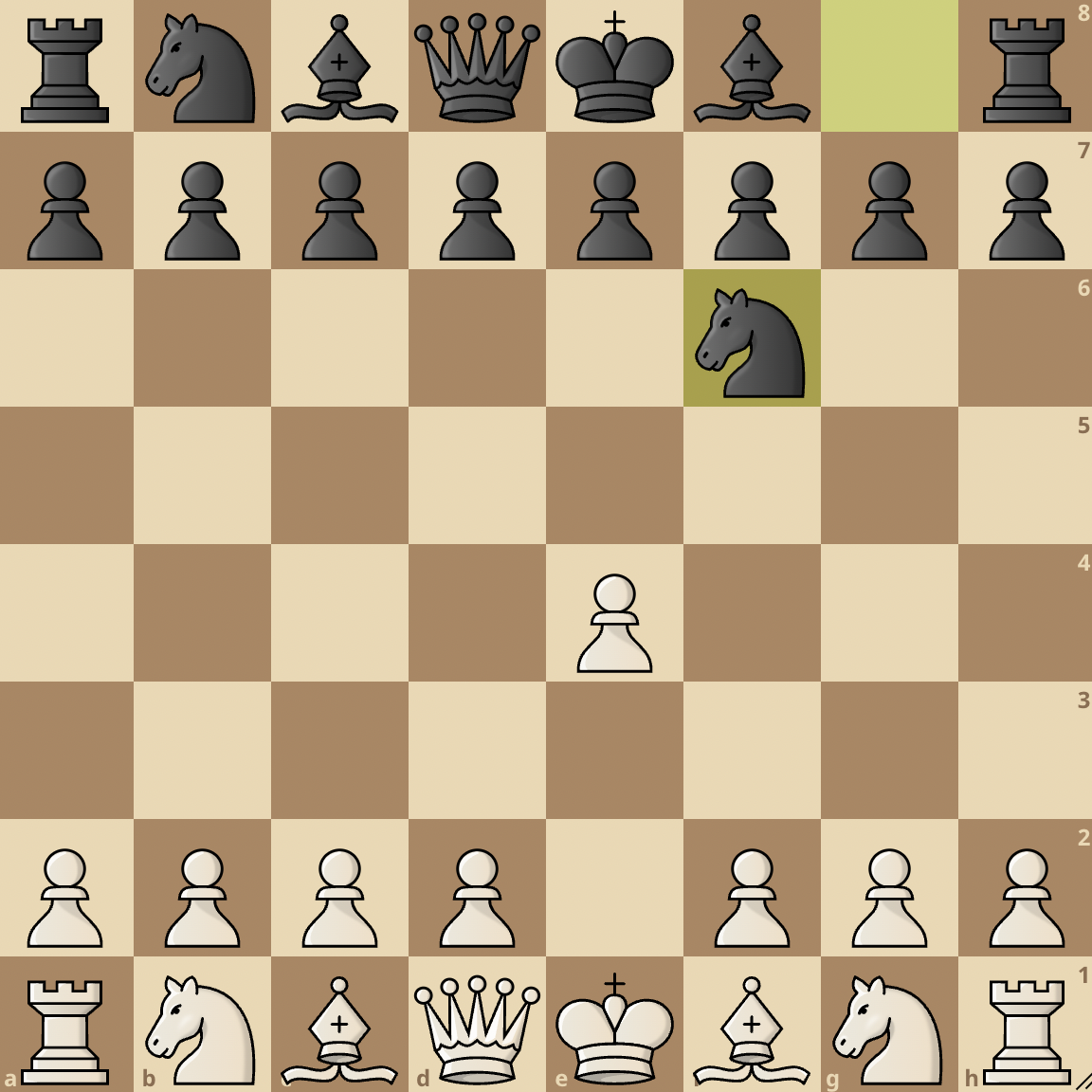
Alexander Alekhine discovered an opening called the Alekhine’s Defense. It’s an opening that immediately attacks White’s king’s pawn opening with …Nf6.
This attack could immediately turn the predator into the prey when White plays 2. e5.
Of course, Black has reasons for this move. The motif for 1…Nf6 is to draw White’s pawn and weaken surrounding squares early on in the game.
You can study the Alekhine’s Defense in detail here.
We recommend checking out some popular games of this chess legend in our carefully put-together compilation. Check out 9 Best Games Of Alexander Alekhine You Should Know.
5. Philidor’s Defense by Francois-Andre Philidor

“Pawns are the soul of chess”—This is one of the most popular quotes in chess history uttered by chess master Philidor.
In addition to discovering one of the most popular openings in chess today, he was also a musician. His ability to compose chess problems is a further exhibition of Philidor’s bright and creative mind.
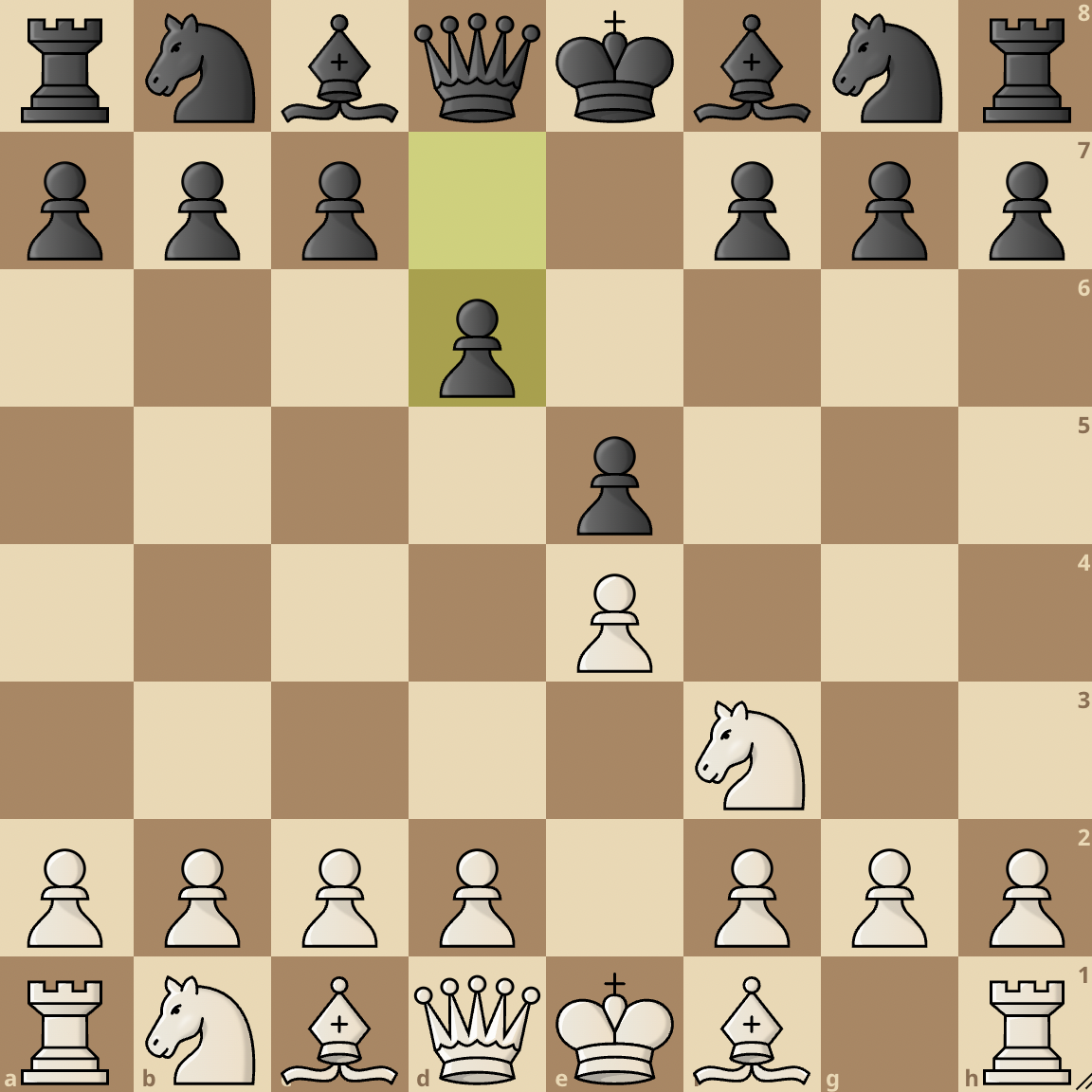
The Philidor’s defense comes into play after responding to White’s Nf3 with …d6 in the King’s Pawn Game (1. e4 e5). Black opts for a safe and defensive style that leaves the possibility of an open game.
You can learn more about the Philidor Defense in this article.
6. Fischer Defense, King’s Gambit Accepted by Bobby Fischer

Regarded as one of the greatest chess players, Bobby Fischer enjoyed playing the King’s Gambit.
Fischer always relished displaying his creativity. He won many games with exemplary brilliance, worthy of making jaws drop.

1. e4 e5 2. f4 exf4 3. Nf3 d6
The King’s Gambit presents an open game setting where Bobby Fischer stamped his mark and discovered a variation on the opening with 3…d6.
The Fischer defense of the King’s Gambit occurs when the gambit is accepted. The defense typically continues to a position where Black gets two pawns in White’s half (f4 and g4) of the board. This position slightly cripples White’s Kingside which could spell doom for White.
You can study the King’s Gambit in detail here.
7. Lasker Defense, Queen’s Gambit Declined Modern by Emmanuel Lasker
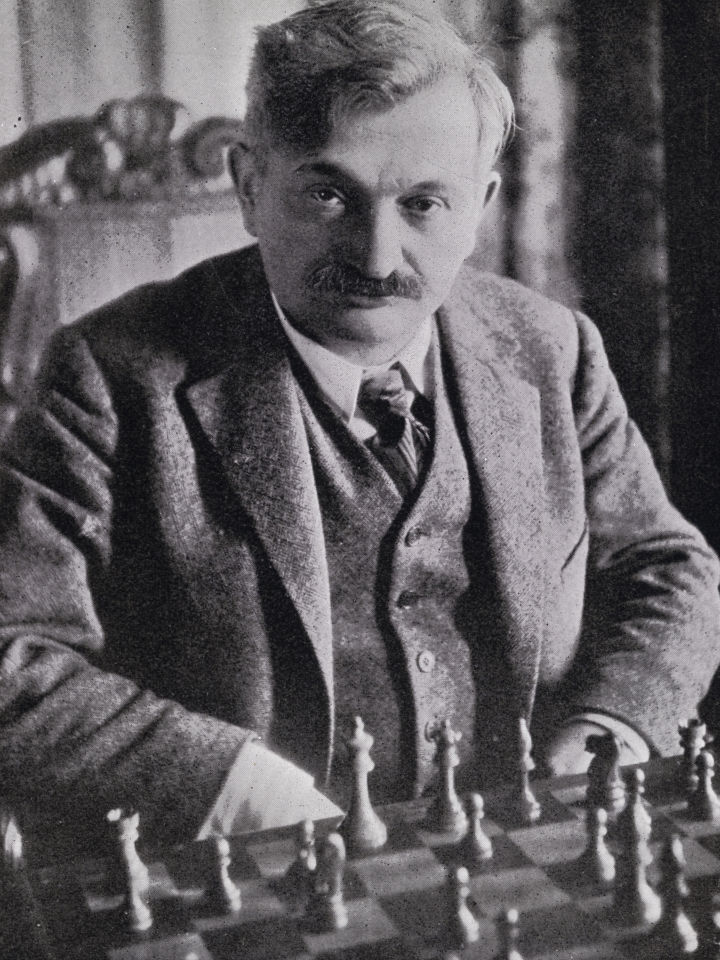
Is Lasker the one that held the World Champion title for a really long period of time? Yes, He’s the one!
This record set almost a century ago remains valid to this very day. No wonder this genius was able to stamp his signature in openings.
You know what else proves his genius? He was very good friends with Albert Einstein!

1. d4 d5 2. c4 e6 3. Nc3 Nf6 4. Bg5 Be7 5. e3 Ne4 makes the Lasker defense of the Queen’s Gambit Declined. An early exchange invitation by Black aims to subdue White’s attacks and even possibly plant a center pawn in White’s territory.
8. Smyslov variation, King’s Indian Defense by Vasily Smyslov
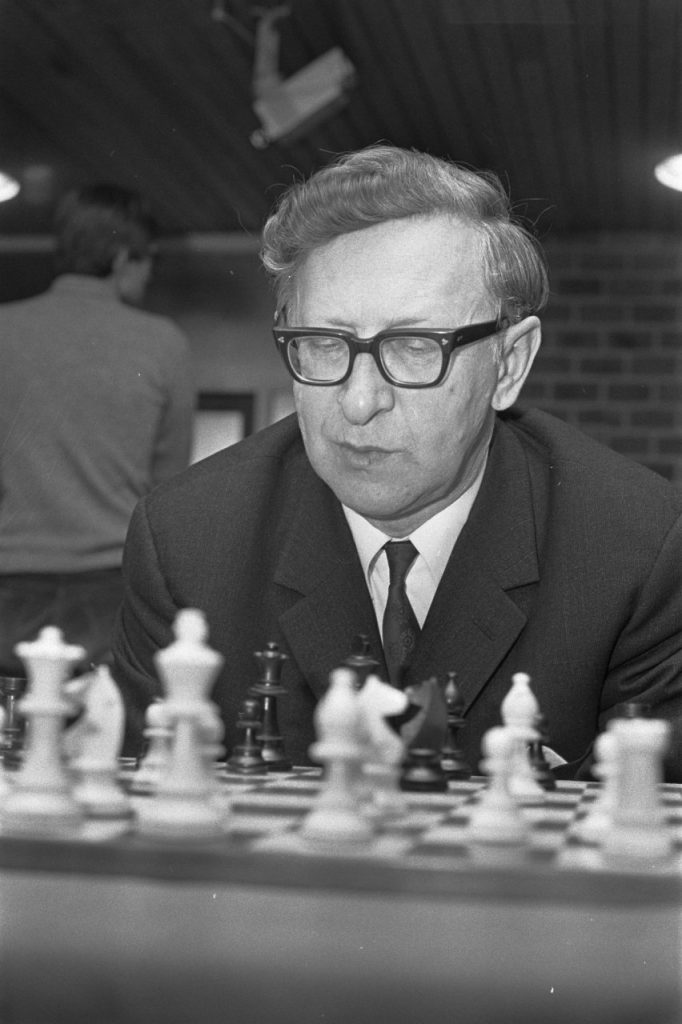
The Russian legend was the seventh official World Champion in chess history after being a candidate eight times!
We’re glad he achieved this title as he did a lot for the growth of chess. To date, he holds the record for having the most Olympiad medals.

1.d4 Nf6 2. c4 g6 3. Nc3 Bg7 4. Bg5 are the sequence of moves that indicate this variation of the King’s Indian Defense.
The Smyslov variation is particularly indicated by an early Bg5 move that places pressure on the d8-h4 diagonal.
You can study the King’s Indian Defense in detail here.
9. Capablanca Variation, English Four Knights Opening by Jose Capablanca

Not surprisingly, we find another World Champion on this list. Jose Raul Capablanca was the third official World champion.
Along with inventing an opening theory, he also discovered a chess variant called Capablanca chess!
He is regarded as one of the quickest players of the 20th century. Mikhail Botvinnik regarded one of his books ‘Chess Fundamentals‘ as the best chess book ever written.

The Capablanca variation is commonly used in the Four Knights opening, but it can also appear in the Nimzo-Indian and Caro-Kann defenses.
10. Morphy Defense, Ruy Lopez by Paul Morphy
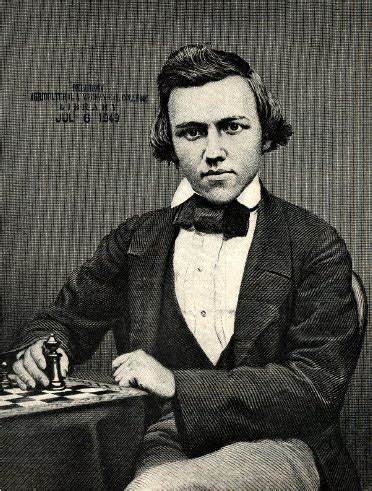
American Legend Paul Morphy was dominant in World Chess during the 19th century.
He is regarded as an Unofficial World Champion. He easily won against strong players in his era like Alexander Meek.
Despite retiring early from chess, he maintains his stance as one of the most talented players of all time.
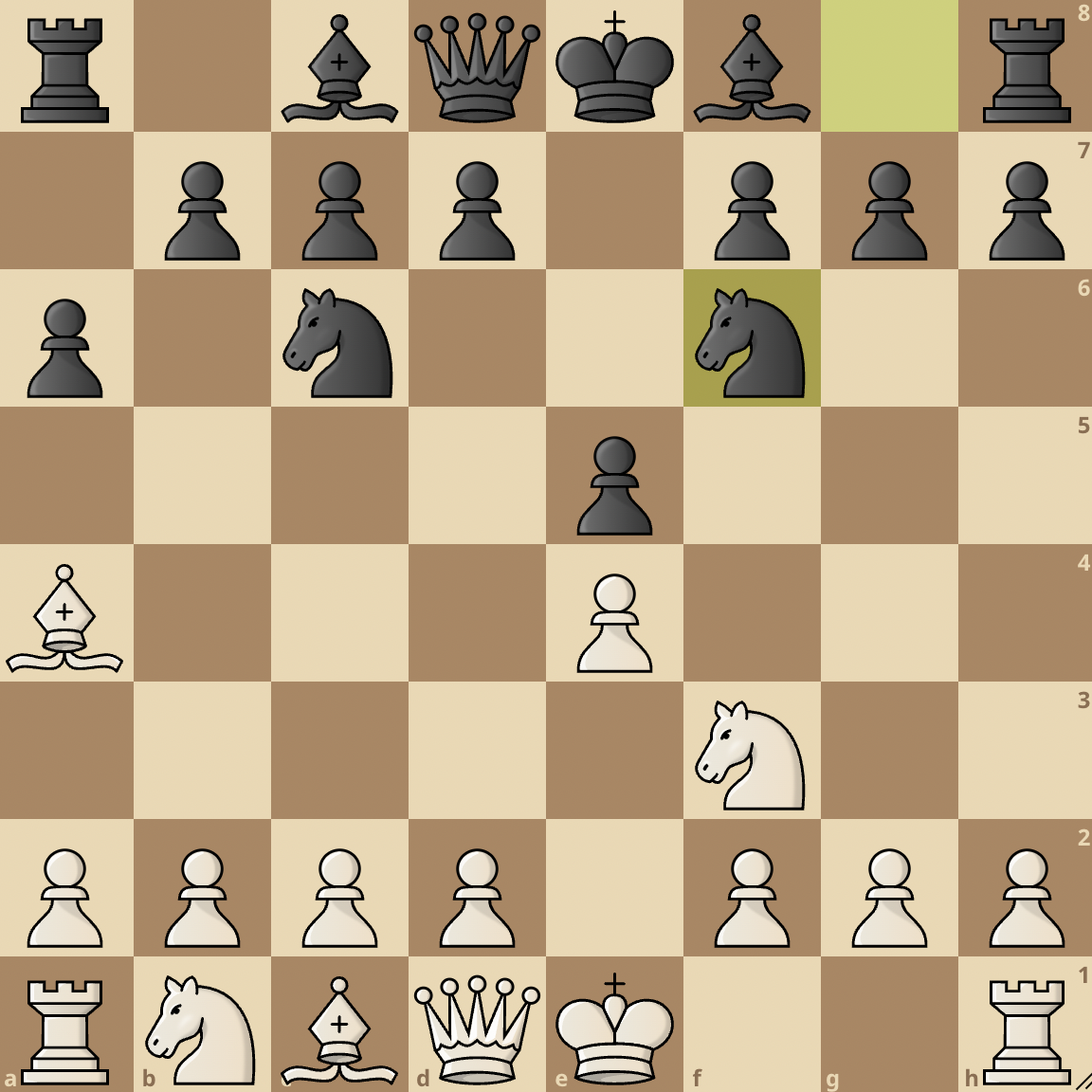
The Morphy Defense is a simple and natural move in the popular Ruy Lopez. It is achieved when Black opts to immediately repel White’s b5 Bishop. Paul Morphy discovered and named this variation early in his career.
You can learn more about the Morphy Defense and other variations in this Ruy Lopez guide.
Let us know if this article was helpful.



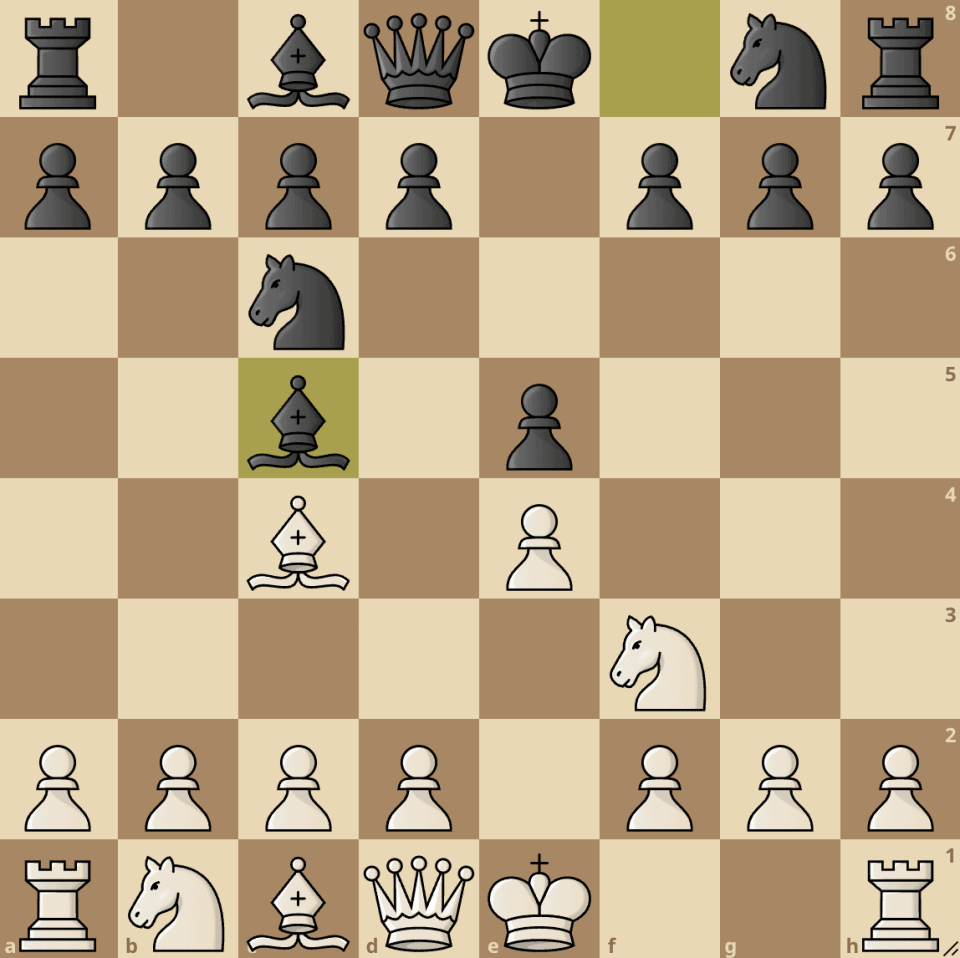

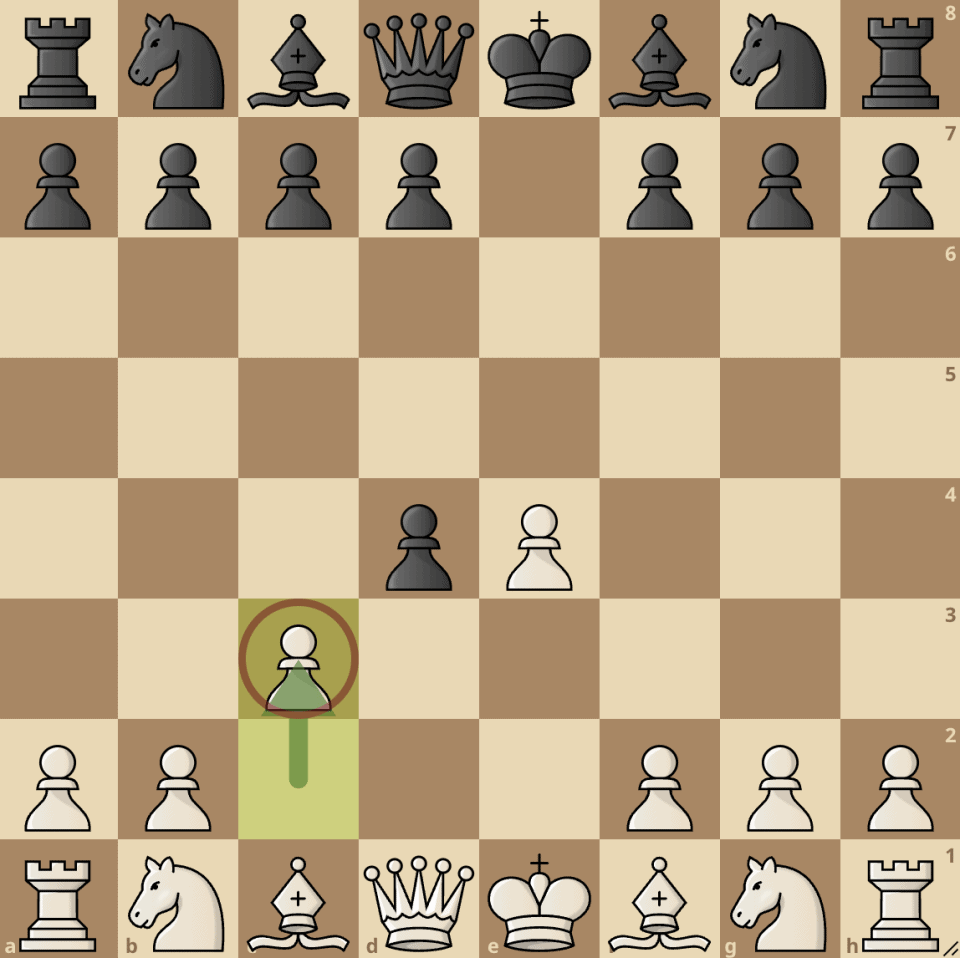
join the conversation